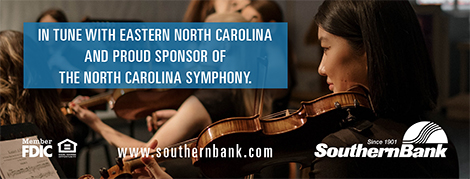St. Paul's Suite for String Orchestra, Op. 29, No. 2
Gustav Holst (1874-1934)
THE STORY
It was difficult to make a living as a composer and performer in early-20th-century London, so Gustav Holst took a position as the music master at St. Paul’s Girls’ School in London to make ends meet. As it turned out, he had a knack for teaching (later in his career, in 1932, he would spend six months as a guest lecturer at Harvard). He was adored at St. Paul’s Girls’ School, where he taught for nearly three decades until his death, and the school even built him a soundproof room to use for composing.
Holst wrote most of his works in that room—the first was St. Paul’s Suite, completed in 1913, shortly before his most famous composition, The Planets. With St. Paul’s Suite, he gave the school’s string orchestra a beautiful and sophisticated piece that was all their own. Later, he would create a version that also included woodwinds so that other students could join in.
LISTEN FOR
• The playful, disruptive meter changes in the opening, followed by a contrasting theme; finally, the two themes are blended together in lively conversation to conclude the first movement, Jig
• In the second movement, the four-note figure, an ostinato, played incessantly by the second violins underneath the waltz theme—up until the final four bars when they abruptly quit
• The main theme of the Intermezzo—lyrical, like an operatic aria—presented by a solo violin, played next as a violin and viola duet, and finally as a quartet
• Holst’s use of two old English folk songs in the finale—Dargason is introduced first and then cleverly combined with Greensleeves, which becomes faster and faster to catch up to the speed of Dargason by the end
INSTRUMENTATION
Strings

